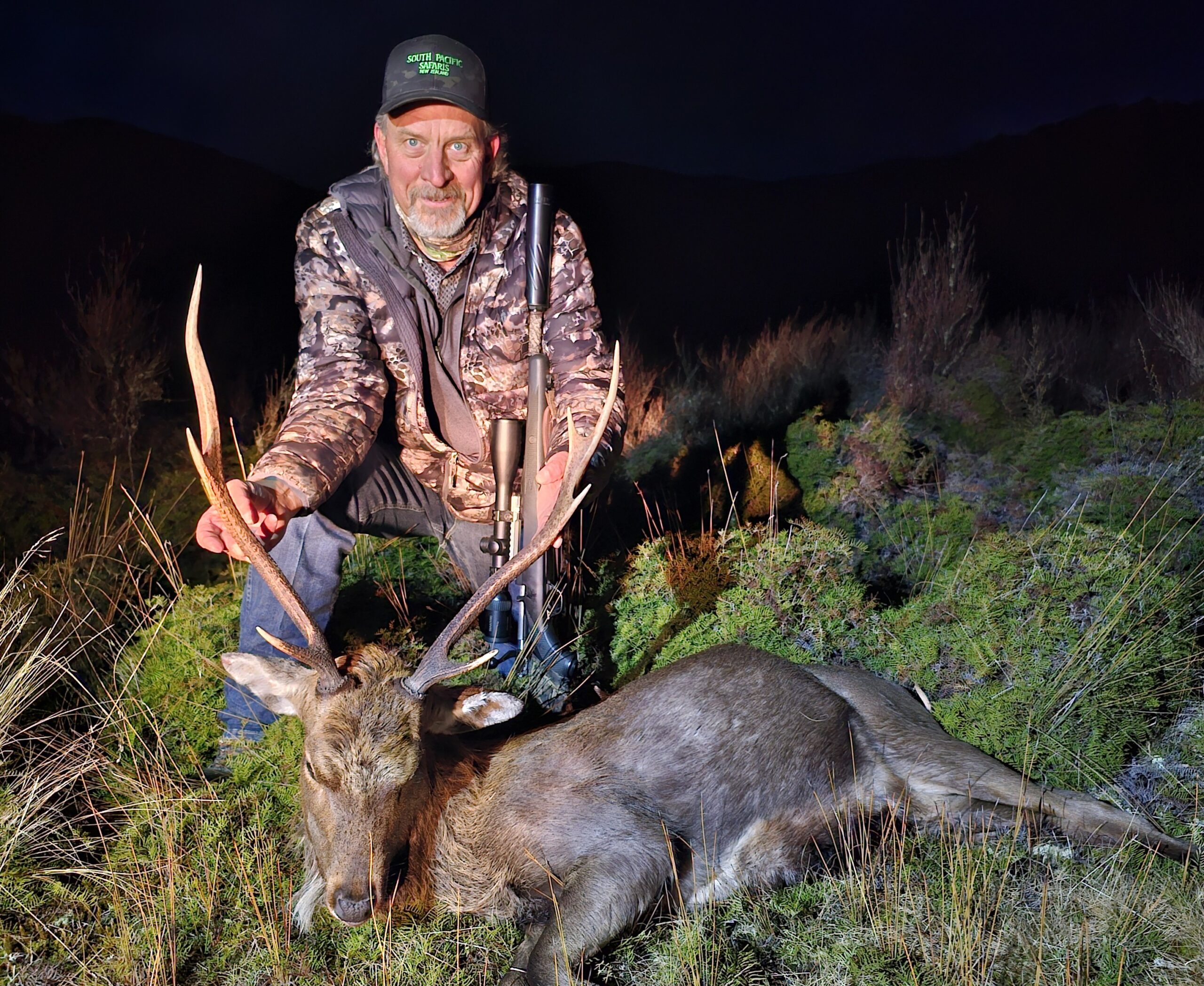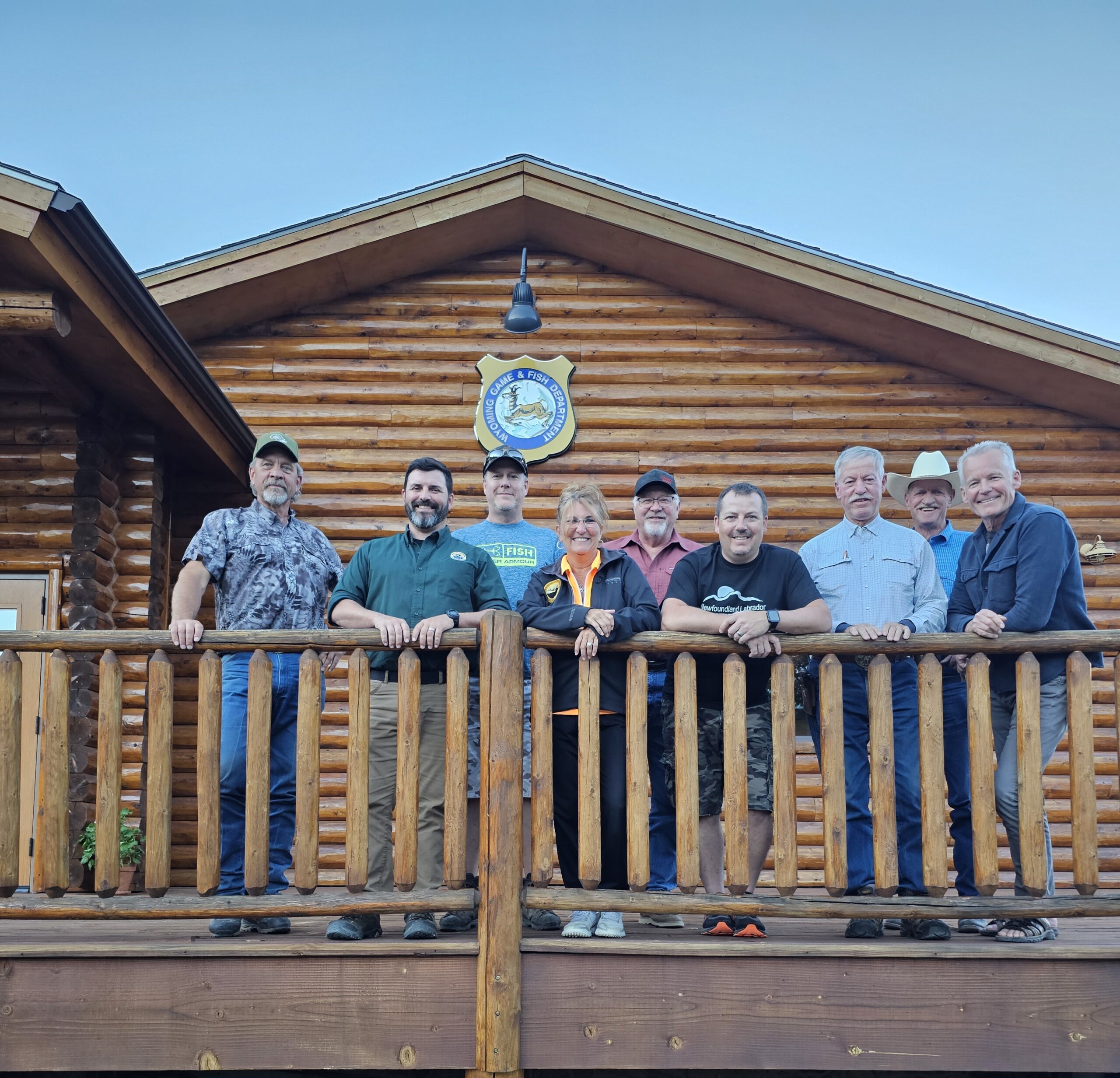 Game conservation wars are never won — not for good. Individual battles are won or lost, and some that seem lost may later be won — temporarily at least. Elephant hunting in Botswana, and big-game hunting in the Okavango generally, are recent examples.
Game conservation wars are never won — not for good. Individual battles are won or lost, and some that seem lost may later be won — temporarily at least. Elephant hunting in Botswana, and big-game hunting in the Okavango generally, are recent examples.
Ask any American about ringneck pheasants in the Dakotas, and chances are you’ll hear: “Oh, there’s millions of ‘em,” and true enough, there probably are. That doesn’t mean there are millions everywhere, however, nor does it mean their numbers are not hit by everything from natural disasters, like flooding, to the effects of high corn prices, to the vagaries of government subsidies on conservation-reserve grasslands.
Every November, I go pheasant hunting in a corner of South Dakota, south of I-90 and east of the Missouri River. It’s private land owned by some friends, and our week of chasing pheasants is an annual event. As I write this, I have just returned from that five-day sojourn, to report that after last year’s hail-storm disaster and low bird numbers, this year was even worse. In the 12 years that I’ve been going there, this was by far the worst any of us have seen. In five days, we took a grand total of six roosters; had we hit every one we had a chance at, we might have returned with three times that number, but that is still less than a third of our legal bag limit. (There were four of us hunting, giving a five-day limit of 60, at three birds per hunter per day.)
The immediate cause of the low bird numbers was flooding. The secondary cause was uncut corn, which was late ripening because of the flooding. Reduced areas of Conservation Reserve Program (CRP) grass didn’t help. This was, in effect, a real-life demonstration of the domino effect, so often quoted in connection with the Vietnam War. One thing led inexorably to another, which led to another, and so on.
In late June, I happened to drive through that area, and then south through Iowa on I-29. There was flooding and devastation on both sides of the highway. You expect flooding to recede as the summer wears on but driving back through on my way to our hunting area, there was still water in the fields. In our area itself, the water had receded in some places, allowing late corn crops to be planted, but when I drove through in June, fields that were normally half-grown by that time had not even been planted.
To the west of the house where we stay, there’s a creek bed about two miles long and several hundred yards wide that holds both pheasants and sharptailed grouse. In September, heavy rains flooded it and raised the water level by 12 feet or more — up over the road and bridge we normally can walk under — and while the water had gone down considerably by early November, it was still a soggy pheasant wasteland.
 In North Dakota, seven years ago, with corn prices sky-high, we saw where farmers were ploughing under dried-up waterholes in order to claim crop insurance. They were also rooting out tree lines and fence brush to increase arable land, to squeeze the last cob of corn out of it. This is the same process that reduced Iowa’s pheasant population to near zero.
In North Dakota, seven years ago, with corn prices sky-high, we saw where farmers were ploughing under dried-up waterholes in order to claim crop insurance. They were also rooting out tree lines and fence brush to increase arable land, to squeeze the last cob of corn out of it. This is the same process that reduced Iowa’s pheasant population to near zero.
The conservation group, Pheasants Forever, was very worried at that time, as they watched tree rows and wetlands being plowed up and hard-won gains such as CRP land being returned to crops in order to cash in.
No one begrudges farmers their chance to make a living, nor even their chance to make a killing while prices are high, but it makes you wonder. For a century, the efforts of Ducks Unlimited to save wetlands across the west were admired as the most successful game-conservation effort in history. It included hundreds, if not thousands, of small potholes. Legislation prevented many potholes being touched as long as there was water in them, but once they dry up, they’re fair game. If they are plowed under to provide a few more acres that can be listed on crop-insurance claims, they are gone forever for a short-term gain, and with them the birds and animals they support.
It would be terrible to think that the battles Ducks Unlimited won a century ago are now being re-fought and lost. But it’s beginning to look that way.–Terry Wieland


